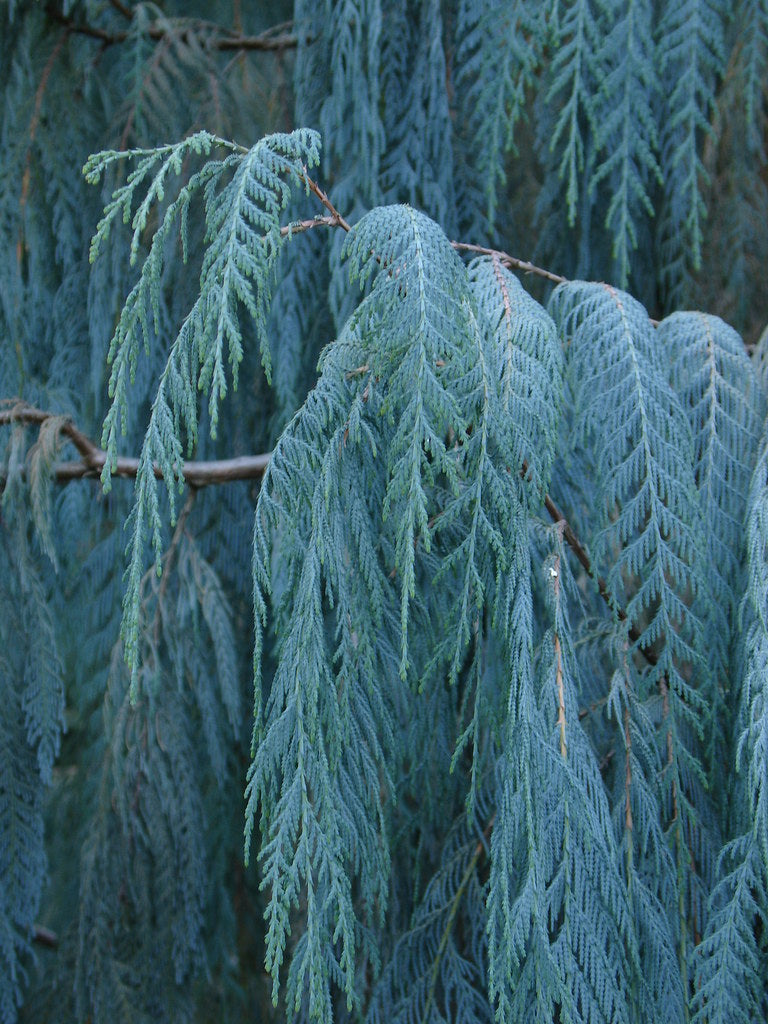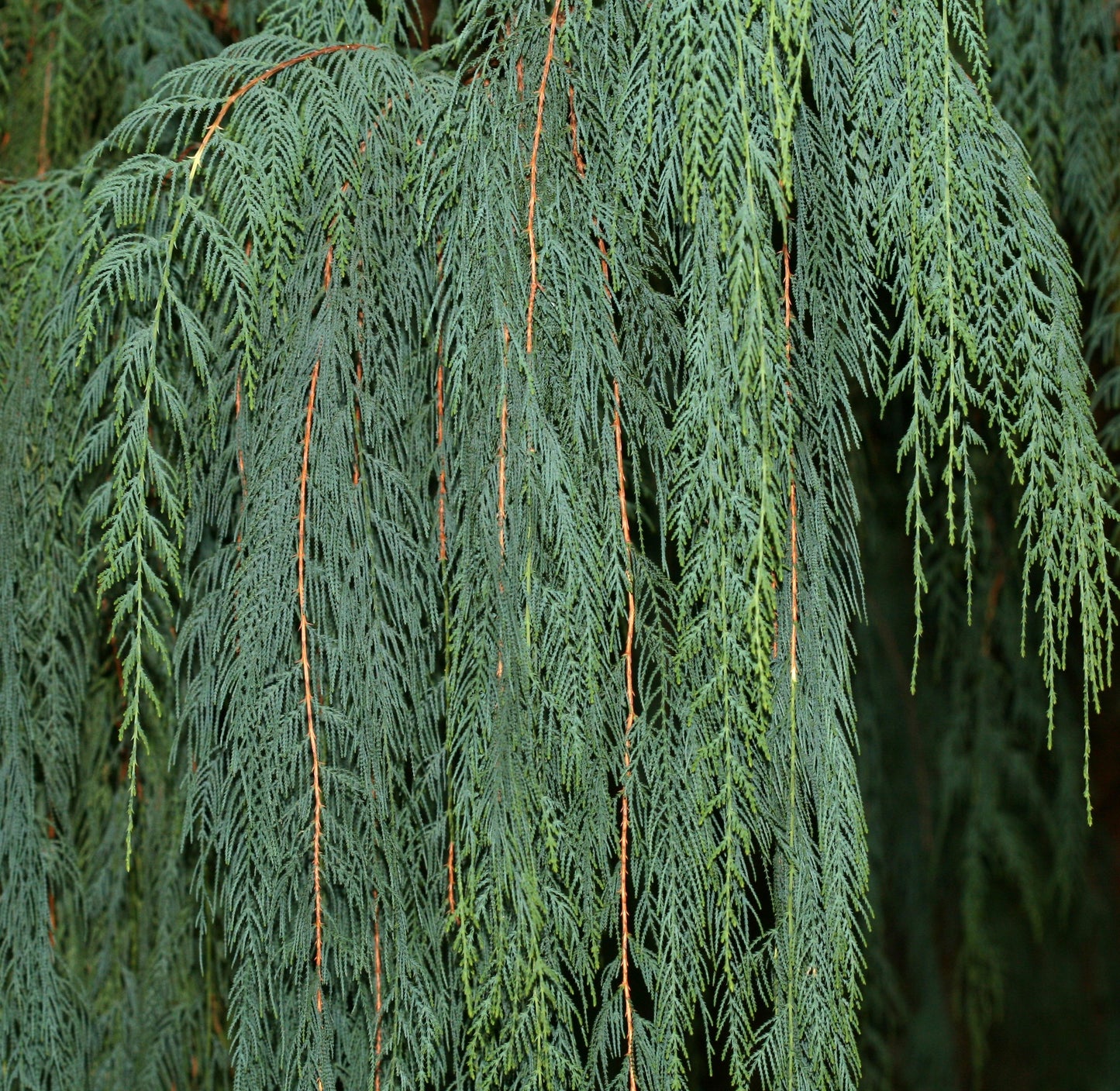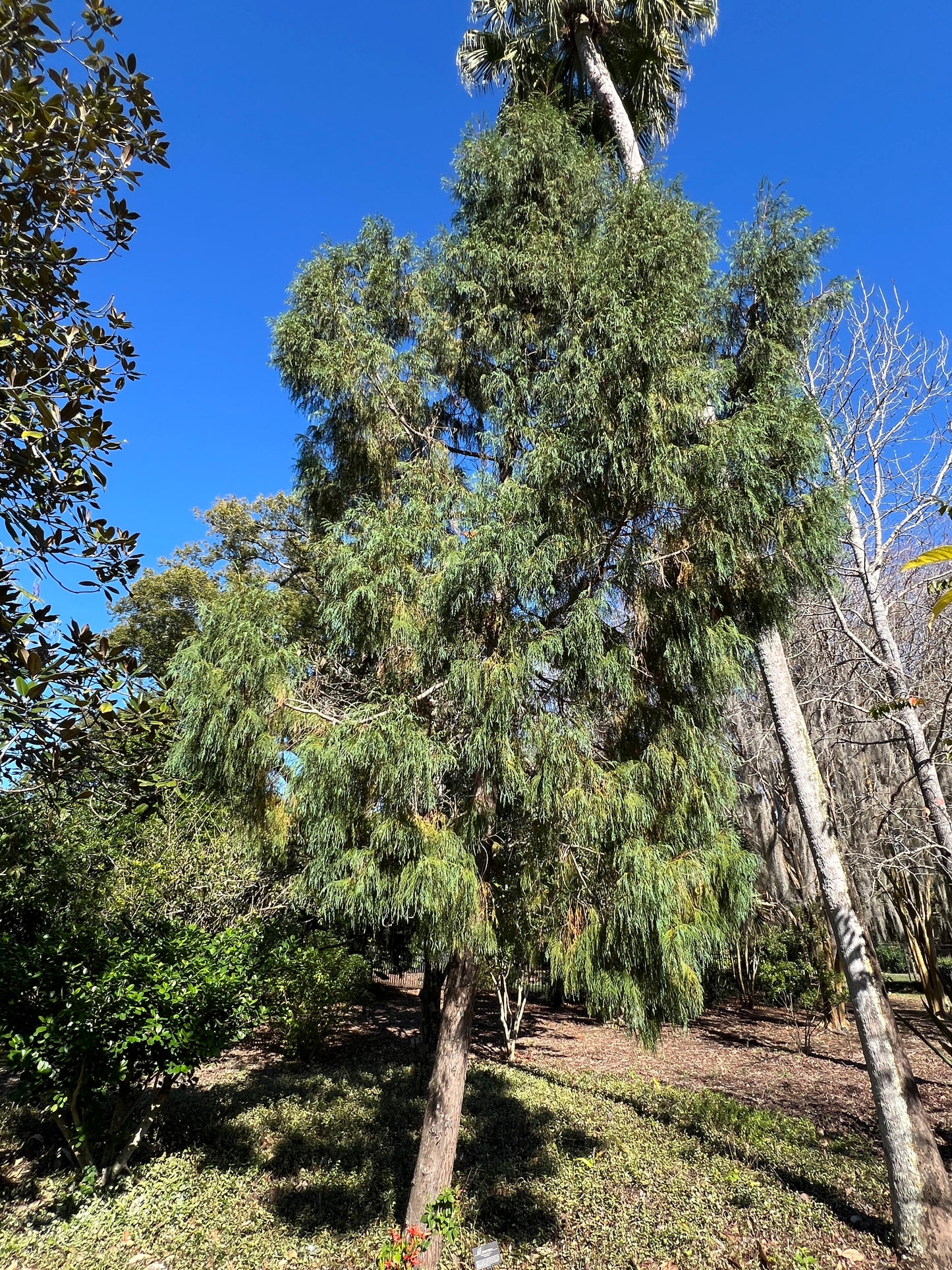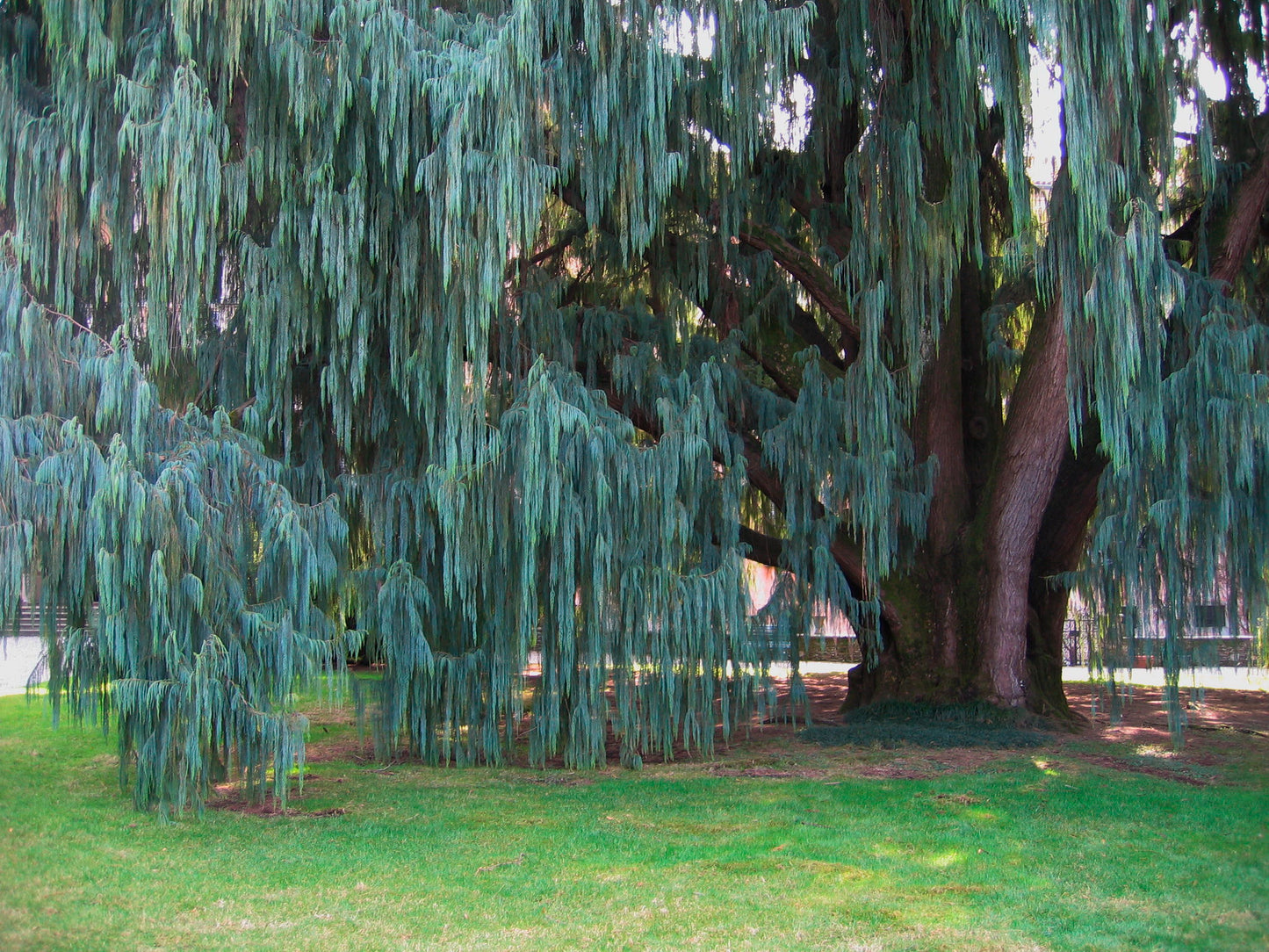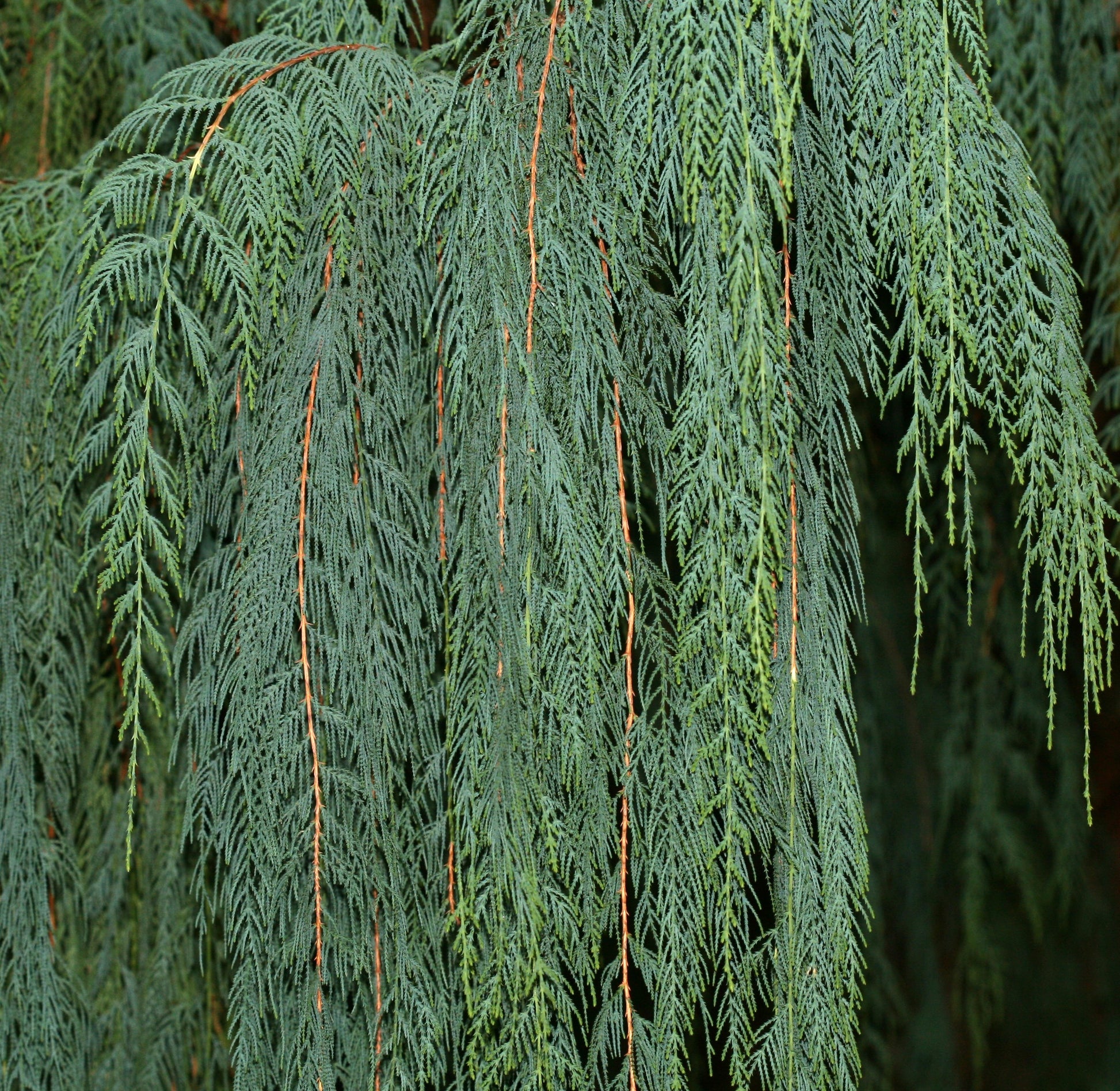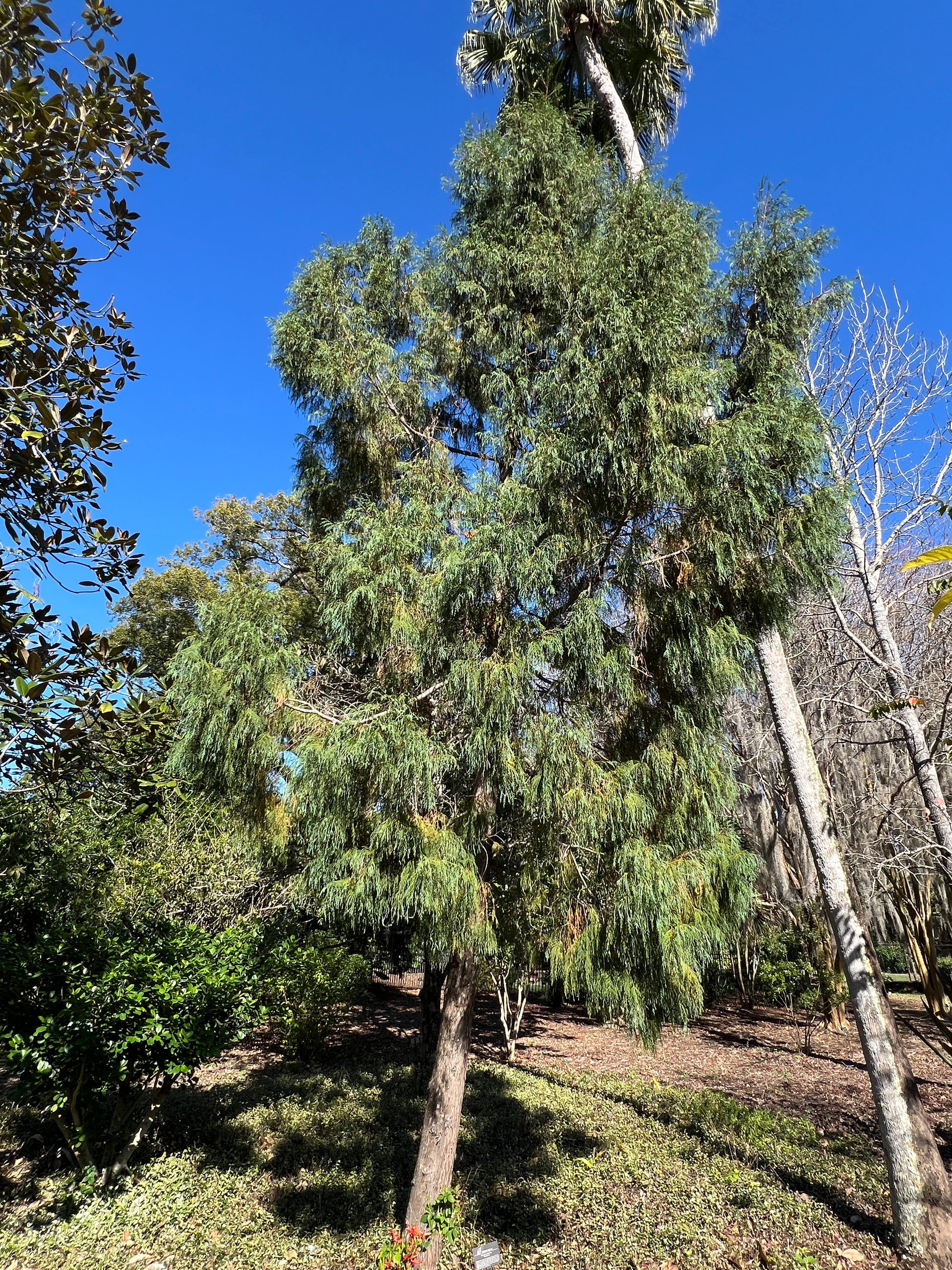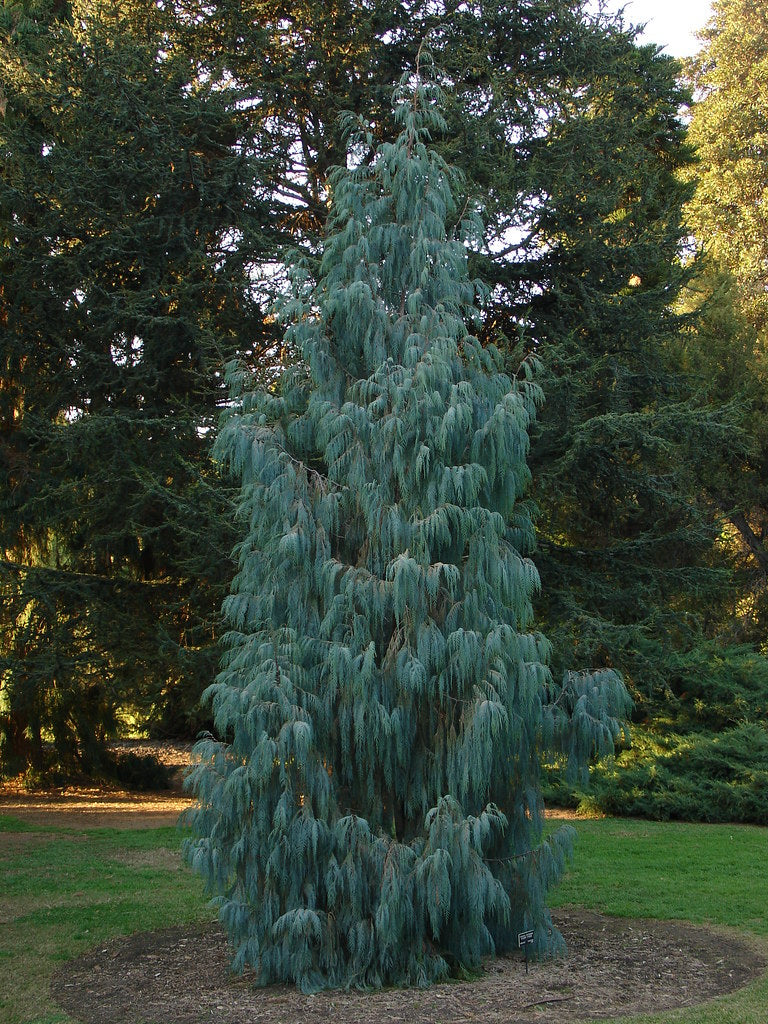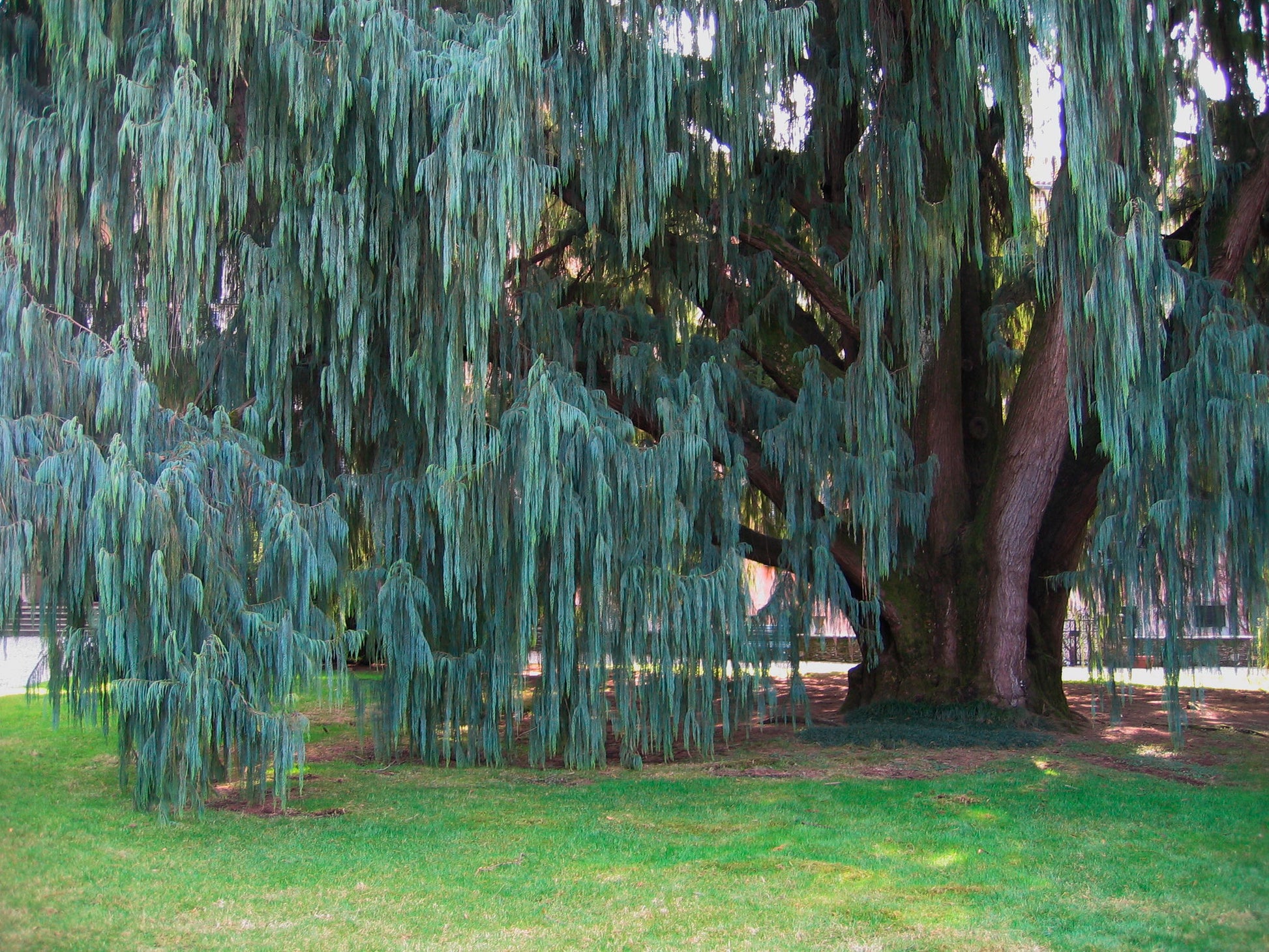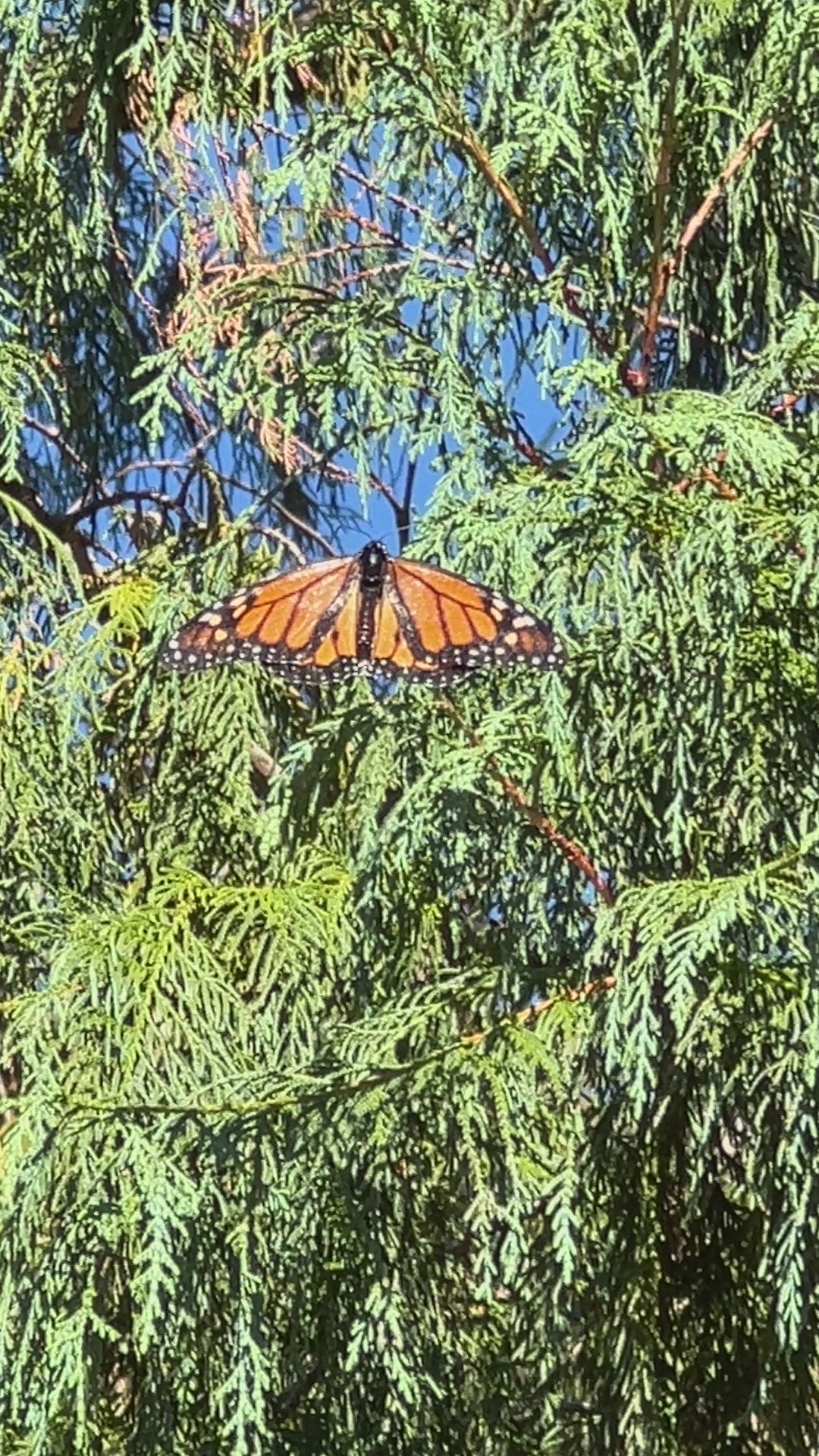Floridaseeds
Kashmir Cypress Cupressus cashmeriana 500 Seeds USA Company
Kashmir Cypress Cupressus cashmeriana 500 Seeds USA Company
Couldn't load pickup availability
Cupressus cashmeriana, commonly known as the Kashmir cypress or the Bhutan cypress, is a species of coniferous tree in the Cupressaceae family. Here's a description:
Appearance: Kashmir cypress is an evergreen tree with a conical to columnar shape when young, maturing into a more irregular, spreading form. It typically reaches heights of 15 to 30 meters (50 to 100 feet) tall.
Leaves: The leaves of Cupressus cashmeriana are scale-like and arranged in flattened sprays. They are often bluish-green in color, giving the tree a distinctive appearance. The foliage is dense and compact, forming a lush canopy.
Cones: The tree produces small, round cones that are about 1 to 2 centimeters (0.4 to 0.8 inches) in diameter. The cones start out green and eventually turn brown as they mature. Each cone contains several seeds.
Bark: The bark of Kashmir cypress is reddish-brown and exfoliates in thin strips, revealing a smooth, reddish inner bark.
Habitat: Cupressus cashmeriana is native to the eastern Himalayas, particularly in regions such as Bhutan, northern India (including Kashmir), and Nepal. It is typically found growing in mountainous areas at elevations of 2,000 to 3,500 meters (6,500 to 11,500 feet) above sea level.
Cultivation: In cultivation, Kashmir cypress is valued for its attractive foliage and elegant form. It is often planted as an ornamental tree in parks, gardens, and large landscapes in temperate regions with mild climates. It prefers well-drained soil and full sun to partial shade.
Uses: The wood of Cupressus cashmeriana is fragrant, durable, and resistant to decay, making it valuable for construction, furniture-making, and other woodworking purposes. Additionally, the tree has cultural significance in the regions where it is native, often featuring in folklore and traditional medicine practices.
Hardy in zones 9-10.
Growing Instructions for the Kashmir Cypress
The seeds have a period of dormancy. They can be planted outdoors in the fall or winter for spring germination or they can be cold stratified to simulate winter conditions and to break their dormancy at any time of the year. 1. Soak the seeds in water for 24 hours. 2. Put the seeds in a ziplock bag. 3. Put the bag in the refrigerator and leave it there for 4 weeks. 4. The seeds like moist, well-drained soil. Prepare a mixture of half potting soil and half sand, perlite or vermiculite. Put the soil in a pot. 5. Sow the seeds on the soil. 6. Cover the seeds with a layer of that is ¼ of an inch thick. 7. Water the soil so that it is moist but not wet. 8. When the seedlings are a few inches tall, they can be transplanted.
Materials
Materials
Shipping & Returns
Shipping & Returns
Dimensions
Dimensions
Care Instructions
Care Instructions
Share
